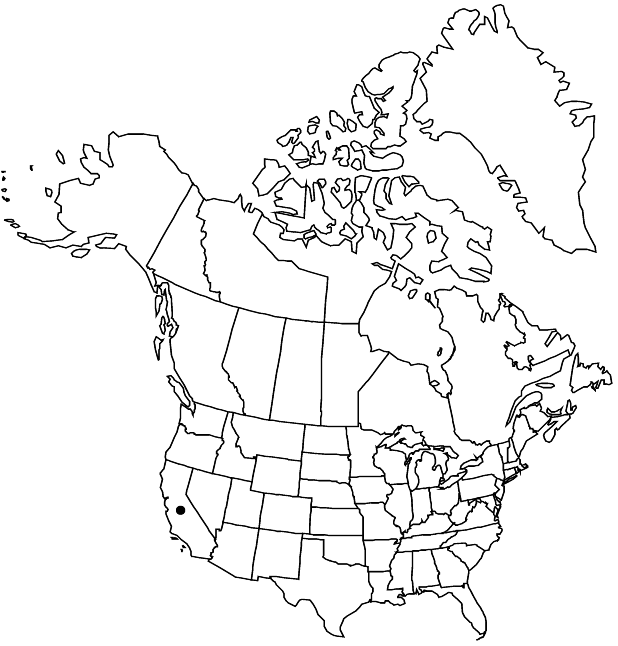Difference between revisions of "Arctostaphylos rudis"
Erythea 8: 100. 1938 ,.
FNA>Volume Importer |
FNA>Volume Importer |
||
| Line 48: | Line 48: | ||
|publication year= | |publication year= | ||
|special status= | |special status= | ||
| − | |source xml=https://jpend@bitbucket.org/aafc-mbb/fna-data-curation.git/src/ | + | |source xml=https://jpend@bitbucket.org/aafc-mbb/fna-data-curation.git/src/f6b125a955440c0872999024f038d74684f65921/coarse_grained_fna_xml/V8/V8_770.xml |
|subfamily=Ericaceae subfam. Arbutoideae | |subfamily=Ericaceae subfam. Arbutoideae | ||
|genus=Arctostaphylos | |genus=Arctostaphylos | ||
Revision as of 20:30, 24 September 2019
Shrubs, erect, 1–3 m; burl present or absent; bark on older stems persistent, gray, shredded; twigs sparsely short-hairy. Leaves erect; petiole 3–8 mm; blade bright green, shiny, elliptic, 1–3 × 1–2 cm, base cuneate to rounded, margins entire, plane, surfaces smooth, puberulent, glabrescent. Inflorescences racemes, (simple or 1-branched); immature inflorescence pendent, axis 0.5–1 cm, 1+ mm diam., sparsely short-hairy; bracts not appressed, scalelike, deltate, 2–6 mm, apex acuminate, surfaces glabrous. Pedicels 3–6 mm, glabrous. Flowers: corolla white, conic to urceolate; ovary glabrous. Fruits depressed-globose, 8–14 mm diam., glabrous. Stones distinct. 2n = 26.
Phenology: Flowering winter–early spring.
Habitat: Maritime chaparral on sandy soils
Elevation: 0-100 m
Discussion
Of conservation concern.
Arctostaphylos rudis is found along the coast in Nipomo and Burton mesas and Point Sal, Santa Barbara and San Luis Obispo counties.
Selected References
None.
